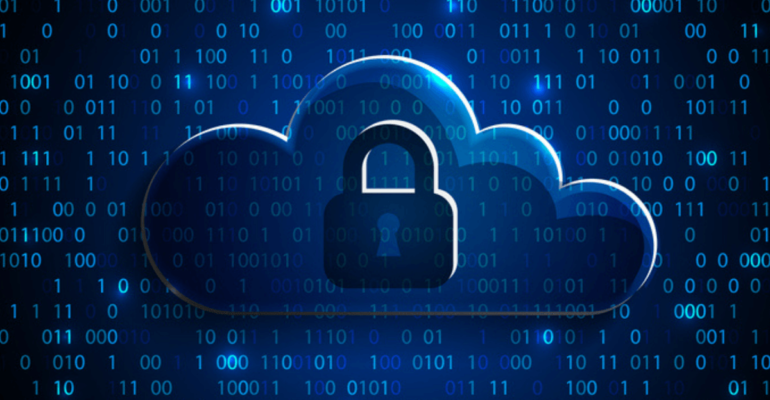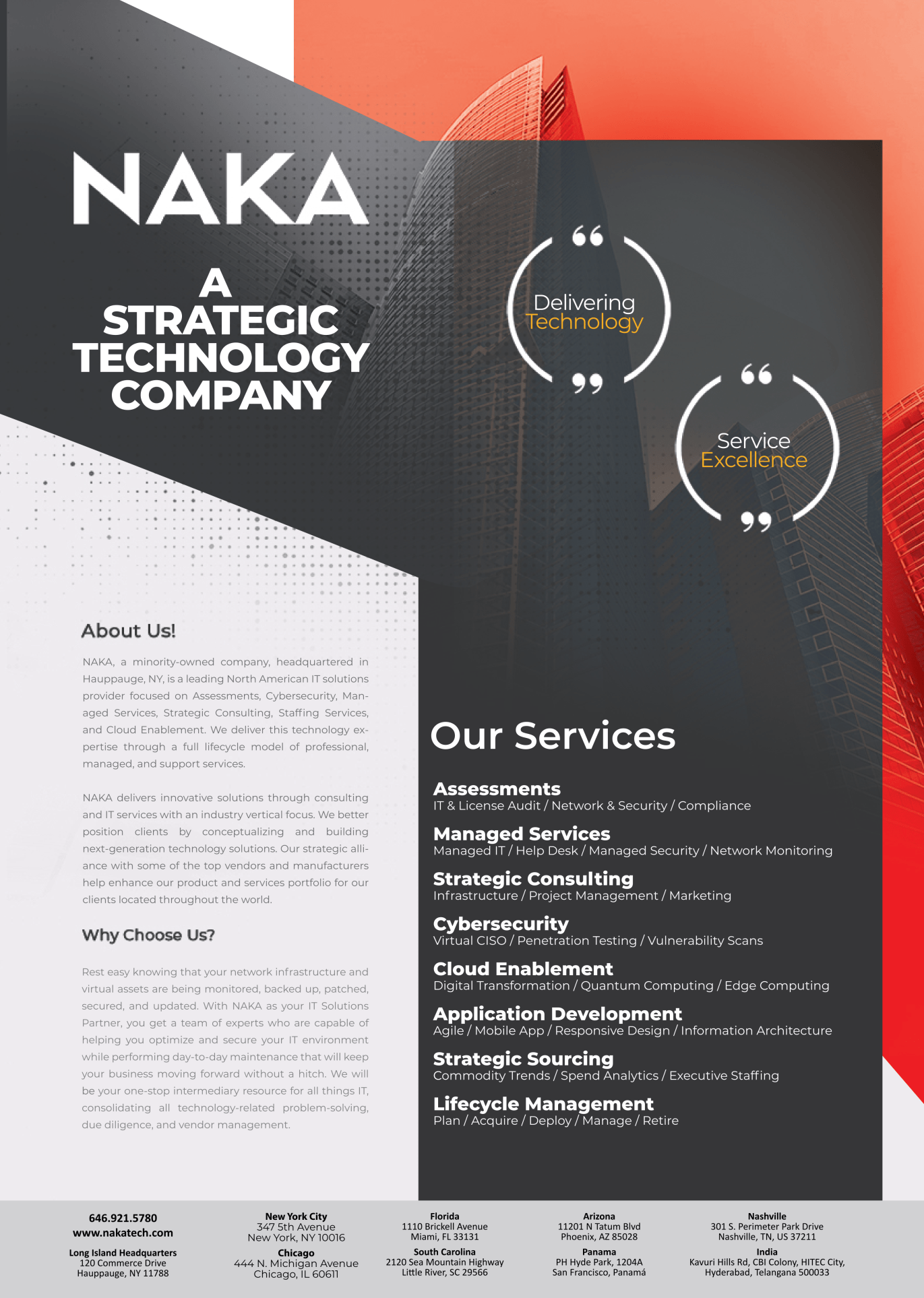What Is Cloud Security & How To Secure The Cloud?

What Is Cloud Security & How To Secure The Cloud?
Cloud security is a discipline and practice of cyber security dedicated to protecting the cloud computing environment, information, data, and application. Cloud security plays a vital role in securing the modern application, infrastructure, and sensitive data involved in cyber security from attacks. As data is stored off-site, it provides high flexibility and load balancing of all the currently used resources. It is not only about the data, but it’s also about how business stores, access and operate. It’s crucial as it helps the business model become more flexible, with little to no maintenance, business data recovery, a high level of business security, and easy access to resources.
It is the responsibility shared between customers and cloud providers. There are three categories of responsibilities:
- The responsibility that is always a customer:
It is used for the privilege of the patching and configuration of the physical network and physical hosts on which storage of different resources reside and compute instances are running successfully by safeguarding the infrastructure itself.
- The responsibility that is always a cloud provider:
It helps manage the different user access privileges (access and identity management) with the user groups they belong to. Prevent them from unauthorized access, protection by encrypting the cloud assets and managing security compliance.
- The responsibilities that depend on the service model:
Infrastructure as a Service (IaaS), Platform as a Service (PaaS), or Software as a Service (SaaS), such as cloud email.
There are several advanced cloud security challenges and multi-layer risks that can be faced by organizations today:
- Increased Area of Attack:
The public cloud is a more vulnerable surface for hackers to make zero-day attacks by exploiting the poorly secure cloud endpoints to access the sensitive data in the cloud.
- Lack of visibility and Tracking:
In the IaaS model, the Infrastructure layer is controlled wholly by the cloud providers with full authorization, and they do not expose it to the customers. The lack of visibility is getting more in PaaS and SaaS. Because of this, cloud customers are not able to visualize and track their cloud assets effectively.
- DevOps/Automation:
Most of the Organization mostly uses the Agile methodology. Because of this CI/CD(Continuous integration and continuous development), automation is required by these big tech giants. CI/CD ensures appropriate security controls are identified, compliance with these security controls is implemented, and template implementation is completed in the early phase of the development cycle.
- Managing complex environment:
The use of hybrid and multi-cloud environments is more efficient in most cases. But to manage a hybrid environment, we need more reliable tools and methods that work seamlessly with the public, private clouds, and we can do on-demand deployment according to the customer’s needs.
Organizations seeking cloud security solutions should consider the following criteria to solve the primary cloud security challenges of visibility and control over cloud data. It is also known as the Five pillars of cloud securities, as discussed below:
- IAM(Identity Access management):
Traditionally, most organizations look at IAM from users’ standpoint, with intersecting categorizations into roles, subgroups, and groups associated with different levels of access permissions. IAM helps users to know who will take action on specific resources. It also provides those controls across and administrators with visibility of the whole infrastructure. This can quickly get complex, with hundreds of organizations, workgroups, and projects. IAM becomes the first “window” into who’s doing what
- Detection control:
It focuses on intrusions, and more commonly known as IDS(Intrusion detection system). Automation of IDS solutions primarily used to analyze and monitor network traffic and generate the alarm/response according to their severalty caused due to the malicious code injection and anomalies. Monitoring and logging of activities that are done by the IDS system are crucial.
- NetSec (Network Security) :
When using the shared cloud resources, which gives the network security, security is not guaranteed when the user will access it. Therefore, we need to put some security measures in place to keep them safe. WAFs(Web application firewalls) and Firewalls give security at different levels. As resources are cloud services, we often turn to benchmark policies such as CIS(Center of internet securities) benchmarks. It also considers endpoint security as ‘edge’ becomes a more critical point of attack to the vulnerabilities.
- Data Protection:
Data backups are usually done to get a more clear picture between data-in-rest and data-in-motion. Also, it is used to prevent compromisation, ie. data restoration time initiation and when data restoration is finished. All the data between this time is unprotected. Encryption is mostly used to protect data in both transit and rest, but it’s not a complete solution. Control versions of sensitive data are also important.
- IR(Incident Response):
It is the technique by which we can identify the vulnerability and eliminate them as quickly as possible. It also prevents future occurrences of malicious traffic. It is more focused on non-compliant policies and security gaps.
Other than these, there are various other parameters also which can also help the organization to actually prevent their data from vulnerable attacks, such as by avoiding privilege escalation, by doing a risk assessment of tools and software at regular intervals, user and device access control policies, data loss prevention by taking backups regularly, encryption of sensitive data at the platform and network level.



